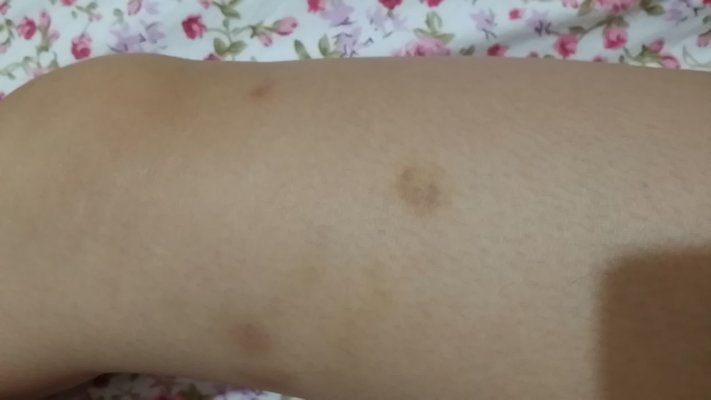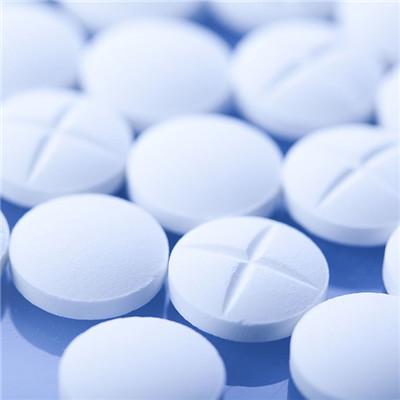How does large area scald scar do
summary
Scald is something that happens carelessly in our life. Generally speaking, in the skin lesions with severe scald, certain scars will be left after the condition gets better, especially in the case of large area scald. So, let's find a solution to the problem of how to deal with large area scald scars.
How does large area scald scar do
Method 1: there are many non-surgical methods for the treatment of scalded scars, such as cryotherapy, pressure therapy, physical therapy, radiotherapy, laser therapy, and drug therapy. The choice of these methods is based on the specific situation of the patient's scar, such as pressure therapy is best used during scar formation, which can effectively prevent scar hyperplasia. Common is to use the scar paste with medical elastic set pressure, promote scar recovery.

Method 2: to choose to the hospital for scald scar treatment, timely to the hospital by the doctor to clean, disinfect, suture or bandage the wound. Generally speaking, some scalded people will have doubts when cleaning the wound, thinking that cleaning the wound will delay the best treatment time. In fact, careful cleaning of the wound is the most basic step to avoid leaving scars and promote wound healing.

Method 3: for severe scald scar, the treatment method is generally surgery. To treat this kind of burn scar, we can choose scar excision, fractional excision, skin graft after excision, skin grafting, skin grinding, tissue expansion and microsurgical techniques. Especially for large area burns, tissue expansion or surgical transplantation is usually used to treat scars. For the severe scald scar at the joint, which has been caused by adhesion and dysfunction, we can choose to use skin transplantation plus traction technology for treatment.

matters needing attention
The treatment of large area scald scar can be carried out according to the above description. It should be noted that after large area scald, the patients must take the scald part as the protection against bacterial invasion.
















